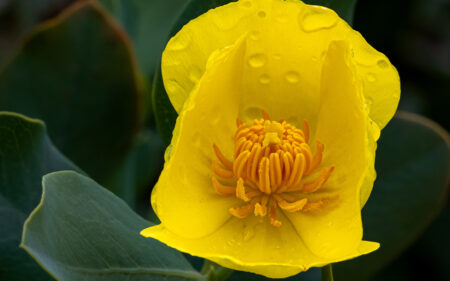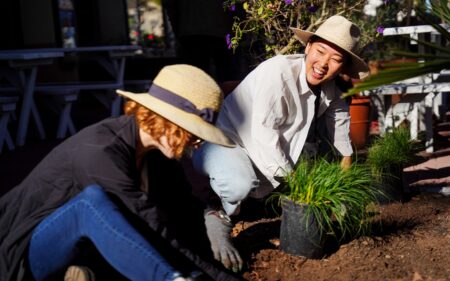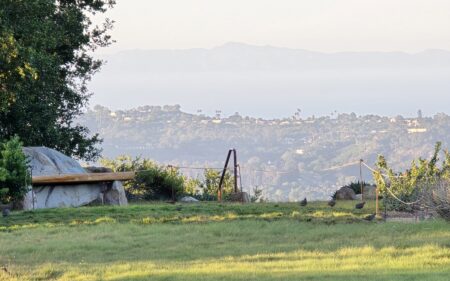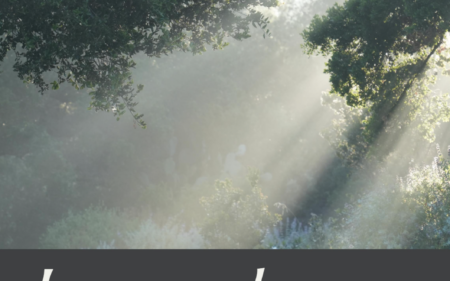Saving the Catalina Ironwood
Garden Horticulture staff and volunteers spent five days on Catalina Island collecting seed of the Catalina Ironwood. This tree is found nowhere else on earth and is of great conservation concern due to our changing climate. We visited 25 of the estimated 110 groves on the Island and were able to collect fruit from 19 of them.

The island ironwood (Lyonothamnus floribundus), found only on the Channel Islands, is one of the rarest trees in California. There are two subspecies: the more familiar Santa Cruz Island form (L. f. ssp. asplenifolius) which has fern-like leaves and occurs on three of the northern Channel Islands, and the Catalina Island form (L. f. ssp. floribundus) which has entire leaves and occurs only on Catalina Island. The fossil record reveals that about 10 million years ago, Lyonothamus was widespread in western North America when the climate was cooler and wetter. Today, ironwoods are reduced to a narrow range of habitat on their island refuges: primarily on cool north-facing coastal slopes, often along small faults where they have greater access to water, and on sites with cold-air drainage.

On Catalina Island, the trees occur in small groves, with all trunks within a grove being clones representing a single genetic individual. Groves are created over thousands of years as the ironwoods spread very slowly by stump sprouting, which happens when tree stumps on the ground or stumps of removed branches regenerate into new trees. There are only about 110 groves of Catalina ironwood remaining – basically only 110 individual plants. Because ironwoods produce very little viable seed in the wild, it is extremely unusual to find seedlings on the islands.

All these factors combine to make the Catalina ironwood very vulnerable to environmental threats like fire, trampling and browsing by feral animals, and climate change. With funding from the Tree Gene Conservation Project, the Garden has embarked on efforts to propagate the Catalina ironwood and establish a conservation collection representing all the genetic diversity of the subspecies. Horticulture staff visited 29 groves this year collecting cuttings (in the spring) and fruits (in the fall). Unfortunately, the cuttings failed, which was not unexpected as they are not usually grown from cuttings. We plan to try other treatments and techniques over the coming year to see if we can develop a successful method for getting cuttings to root.
Garden staff, led by Betsy Lape, Living Collections Coordinator, scrambled and climbed across very rugged and steep terrain to collect fruits from 20 groves – nine had failed to flower this year. We collected bags of fruit – as much as we could reach – in hopes of obtaining a few viable seed. The fruits were dried, then cleaned, then carefully sorted to find seed. We will attempt to germinate any seed we find. Any plants that result from our efforts will both be planted in the Garden and distributed to Garden partners in northern California for establishment of satellite collections.
 Donate
Donate




